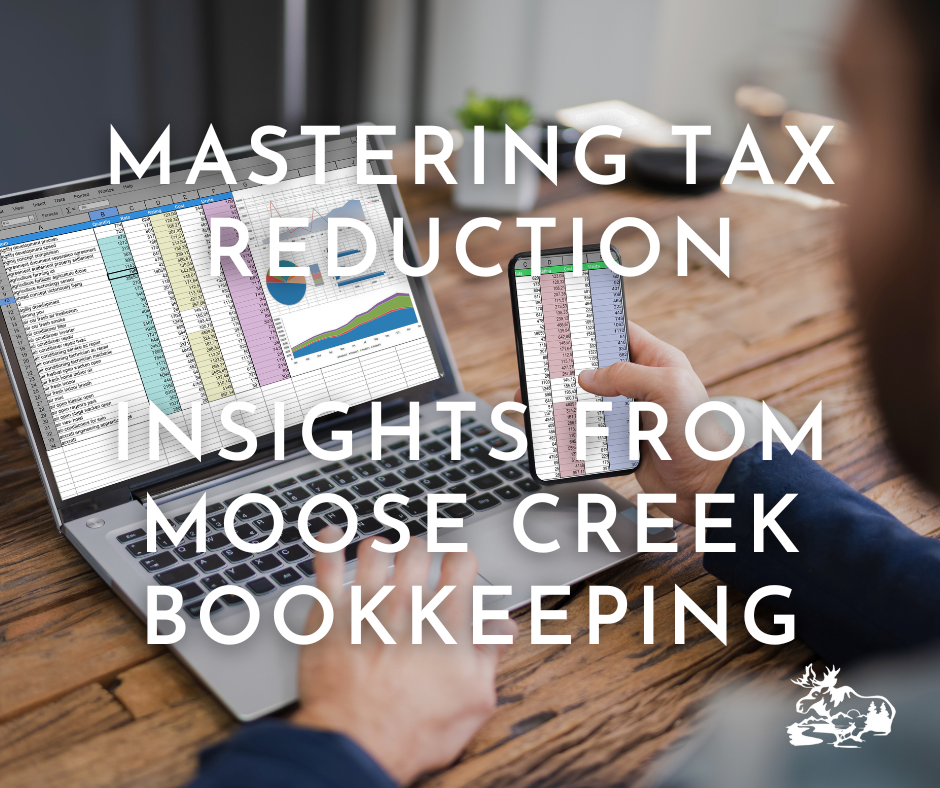As a business owner or manager, it’s essential to stay on top of your company’s financial health. Wouldn’t it be great if there was one report that could give you a high-level overview of the books so you can make smart financial decisions for the future? Well, there is! We present The Balance Sheet. (ta-da!)
While it’s not a novel idea, a balance sheet is one of the reports that are crucial to understanding. At Moose Creek Bookkeeping we have been translating accounting reports for clients for over 30 years, combined. So, if you still have questions after reading this quick article, please reach out for a free discovery call.
Balance sheets give you a clear picture of your business’s financial position at a chosen time in the past. They can help you make smart decisions about future investments, loans, or other financial activities. It can also tell you if you have enough cash on hand to meet your obligations, or if your interest rates are too high to maintain.
A balance sheet is typically divided into three sections:
Assets are what your company owns, including cash, inventory, equipment, and property. This information is helpful in assessing your company’s liquidity, as well as its ability to invest in new projects.
Liabilities are what your company owes to others, including loans, accounts payable, and taxes. This information is vital in understanding your company’s debt levels and interest rates.
Equity represents the leftover interest in the assets of your company after deducting liabilities. This information is important if you plan to attract investors.
Reading a balance sheet may seem intimidating at first, but it’s not as complicated as it looks. Here are the steps to follow:
- Look at the assets section: You’ll see categories like cash, accounts receivable, inventory, and property. Add up all the assets to get your total.
- Look at the liabilities section: This section lists everything your company owes, like loans and accounts payable. Add up all the Liabilities.
- Look at the equity section: This section lists how much money you and any other investors have put into the company. Add it up!
Check the equation: The balance sheet equation is assets = liabilities + equity. By nature, a balance sheet should always balance. If it doesn’t, it’s likely due to missing or incorrect data. Don’t worry! This is common for many of our new clients; we are able to help right your ship.
Your company’s accounting software should make running a balance sheet report a breeze. If you need further help to understand your reports, Moose Creek Bookkeeping is here to help. We take pride in what we do and our clients benefit from it. Reach out today with any questions you might have.








